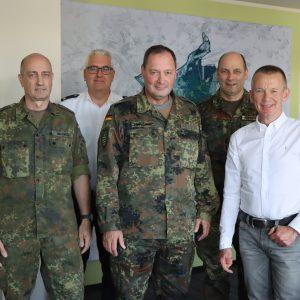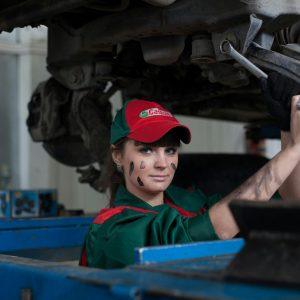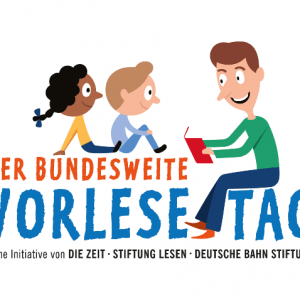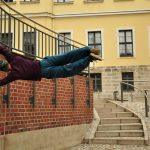ADVERTISING
New website “virtuelle-synagogen.de” presents over 40 destroyed houses of worship to commemorate Kristallnacht.
Darmstadt. On the anniversary of the November Pogroms of 1938, the new website virtuelle-synagogen.de online on November 9th digitally reconstructed synagogues , which have been under development for more than 30 years at the Department of Architecture at the Technical University of Darmstadt . Users can virtually explore over 40 Jewish houses of worship that were destroyed during the Nazi era – supplemented by images, videos, panoramas, and background information.
The project was initiated by Dr.-Ing. Marc Grellert , head of the Digital Reconstruction research area at the Department of Digital Design. His goal: to make the cultural loss visible and to acknowledge the former importance of Jewish synagogues for the cityscape.
"The virtual models are intended to remind us of the beauty and diversity of Jewish architecture and at the same time send a message against antisemitism," explains Grellert. The idea originated in 1994 as a reaction to the arson attack by neo-Nazis on the synagogue in Lübeck.
Remembrance culture using digital means
Over the years, the Digital Design department and its partner, Architectura Virtualis, more than 40 synagogues , with ten more currently underway. The new website offers an overview of different eras, architectural styles, and religious affiliations – from small rural synagogues to urban houses of worship.
Besides buildings that were destroyed during the Nazi era, the collection also includes medieval synagogues in Cologne, Worms and Speyer , as well as baroque houses of worship in Horb and Frankfurt .
A particular focus is on the sub-project "Synagogues in the Rhine-Main Region ," which virtually reconstructs 13 synagogues from Frankfurt, Darmstadt, and Mainz . Students from the architecture department are creating initial models, which are then professionally further developed by the TU team.
“The project brings together the culture of remembrance and digital education,” said Grellert. “It shows how new technologies can help keep history alive and actively involve young people.”
Cooperation and support
In addition to TU Darmstadt Goethe University Frankfurt , the Buber-Rosenzweig Institute and HTW Dresden involved. The project is funded by the Executive Board of TU Darmstadt , the Giersch Foundation , the Dotter Foundation , the Entega Foundation , the Mengler Foundation , the Darmstadt Savings Bank and the cities of Darmstadt, Frankfurt, and Mainz .
The implementation of the new website was also made possible by the “IDOVIR” funded German Research Foundation (DFG) .
The launch date of November 9th was deliberately chosen – as a digital symbol against forgetting. In the future, all newly reconstructed synagogues will be continuously integrated into the platform.
(Darmstadt - Red/TU)












